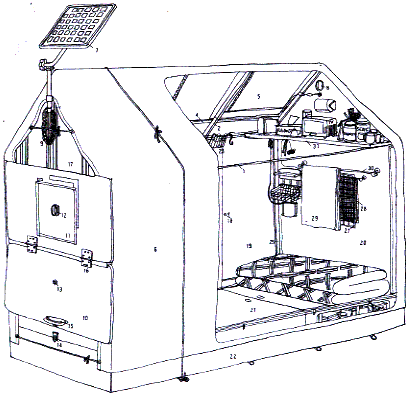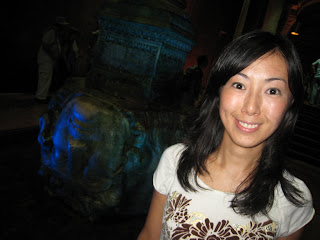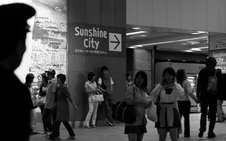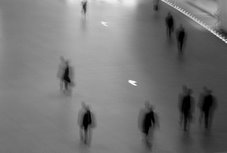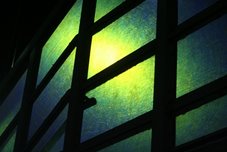 I was recently interviewed by the BBC travel program, Holiday, about life in Tokyo. In the broadcast, presenter and interior designer Laurence Llewelyn-Bowen tries sushi at Tsukiji fish market, sits in on a kendo class, visits Akihabara electronics town, and concludes that Westerners no longer find Tokyo "difficult to translate" because they've become a lot more literate in the Japanese lifestyle.
I was recently interviewed by the BBC travel program, Holiday, about life in Tokyo. In the broadcast, presenter and interior designer Laurence Llewelyn-Bowen tries sushi at Tsukiji fish market, sits in on a kendo class, visits Akihabara electronics town, and concludes that Westerners no longer find Tokyo "difficult to translate" because they've become a lot more literate in the Japanese lifestyle.I agree somewhat. It's increasingly more difficult to shock friends from Britain or th U.S. with the latest gadgets or gory seafood because they've already seen it all on Discovery channel or tried it at their local Japanese restaurant.
As an English language reporter in Tokyo, I try to "translate" the city into Western terms every day -- but after two years I feel like I'm just getting to grips with the differences. And there's much more to Tokyo culture than sushi and electronics.
Laurence was brilliant but absolutely wacky--he spent a week in Tokyo in a sparkling white, butt-tight suit. No wonder he doesn't find Tokyo that strange.
Photo: With Laurence at the Gonpachi restaurant in Tokyo. BBC 1 aired the episode on Jan. 24.
BBC Holiday Web site






